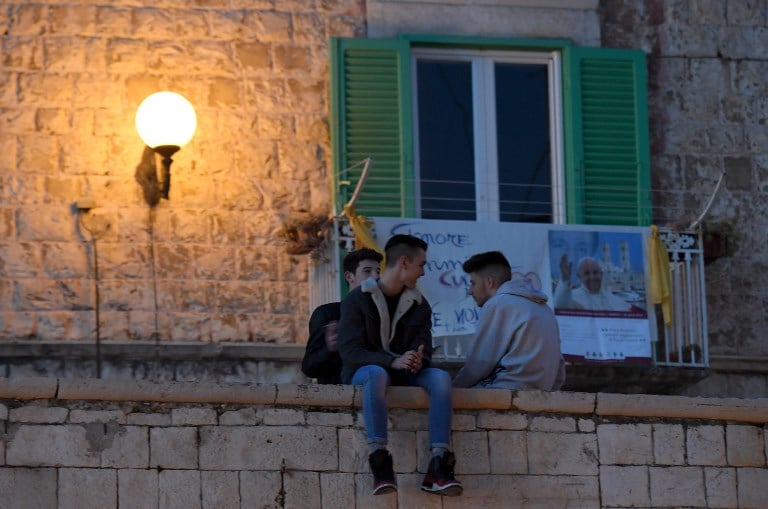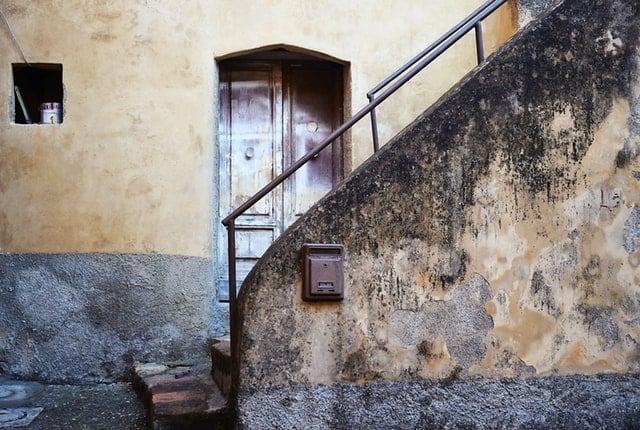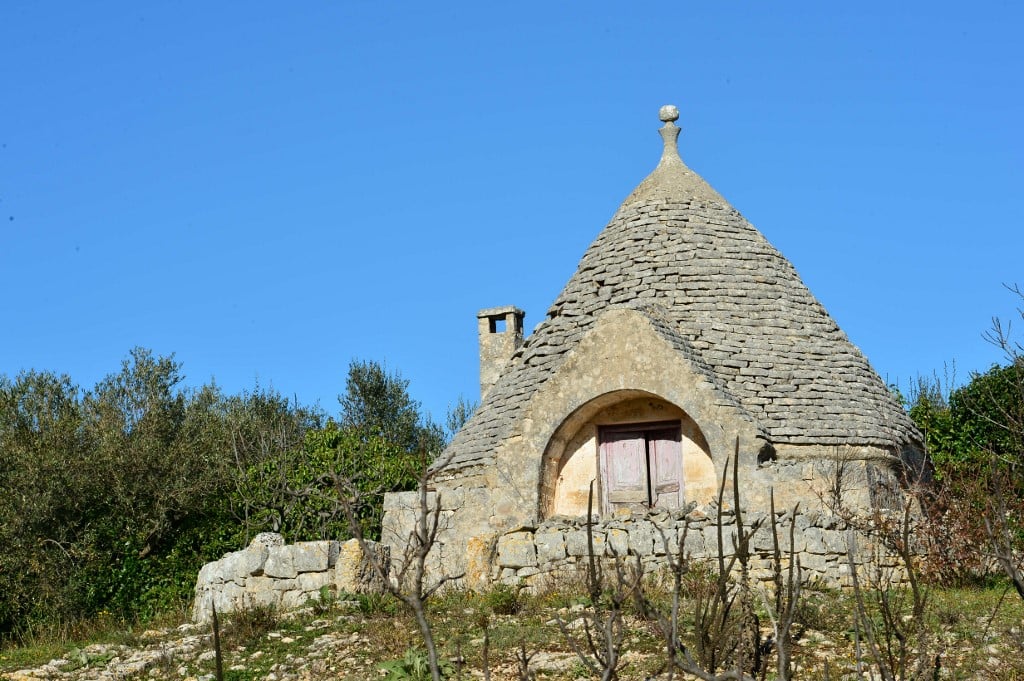67 percent of Italians aged between 18-34 live with their parents, the latest figures from statistics agency Eurostat show, a figure almost 20 points higher than the European average.
Italian men are much more likely to stay in the parental home, accounting for 73 percent of the total.
Only young people in Croatia, Malta and Greece are more likely to live with mum and dad than Italians.
Meanwhile in northern Europe, the vast majority of young adults live independently, the study found.
The number of young people living with their parents is far lower at 19.7 percent in Denmark, 34.3 percent in the UK and 34.5 percent in Germany.
The news that a lot of young Italians still live at home won’t come as a surprise to anyone; the trend is not new, and the number has been rising steadily since 2009.
READ ALSO:
Across Europe as a whole, the proportion of youngsters living at home has seen an overall drop since the 2008 recession. But Italy bucks the trend.
And the gap between Italy and the rest of Europe increases among those aged 25-34. Almost 50 percent of Italians in that age bracket still live at home, compared to the 30.6 percent European average.
The figure is 3.2 percent in Denmark, 6 percent in Sweden, 14.9 percent in the United Kingdom, 13.5 percent in France and 17.3 percent in Germany.
While high rates of youth unemployment are a likely cause, Eurostat notes that 40.3 percent of Italian millennials living at home were full-time workers.
Students accounted for 18.8 percent of the total, while 24.3 percent were unemployed.
And, unlike some other European countries, Italy has no housing benefit scheme and there's a lack of affordable housing available in many areas, particularly in cities.
But numerous economists have argued that clingy parents are actually to blame for the high number of young Italian adults living at home, rather than economic factors.
READ ALSO: Why Italy's 'mammoni' will keep staying with mamma

Photo: Tiziana Fabi/AFP
In Italy families are traditionally very close, and Italian parents are famous for doting on their children at any age.
This may help to explain why young Italians are more likely to live with their parents than youngsters in other countries with high youth unemployment, such as Poland and Hungary for example.
However, it’s not uncommon for Italian families to have an arrangement where large family homes are split into apartments, sometimes with separate kitchens and living rooms, for adult children.
“I live with my parents, technically,” said Chiara Forlani, a 33-year-old from Arezzo, Tuscany, who is in the process of starting her own business. “I have the top floor of the house, which has a separate entrance. So we hardly even see each other. I cook for myself except on Sundays.”
“I lived abroad for a few years and then came home, so I can’t afford anything else right now.”
Meanwhile, other young Italians who already have their independence yearn for the comfort of home. Emanuele, a 28 year old firefighter, was sent from his home in Bari to Milan for work and flies home as often as possible. He describes his family as “very close.”
“I'm trying to get a transfer. Being far away from home is difficult for me,” he said. “Family is too important.”
READ ALSO:




 Please whitelist us to continue reading.
Please whitelist us to continue reading.